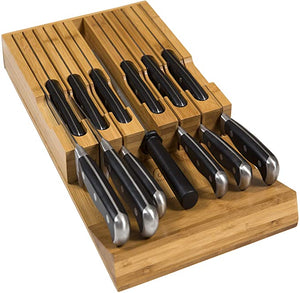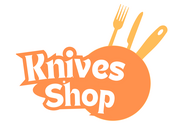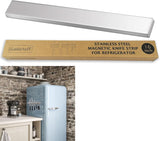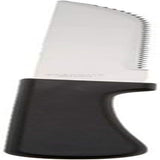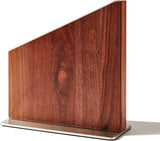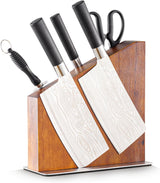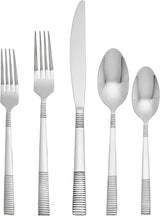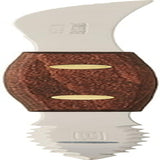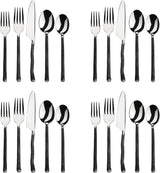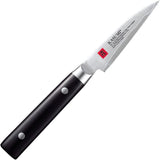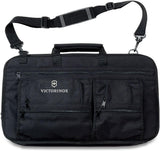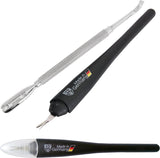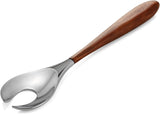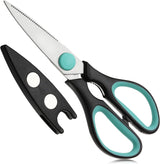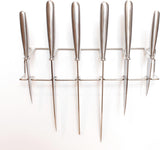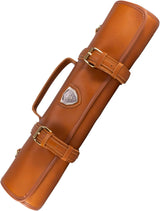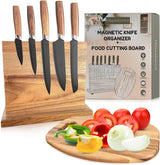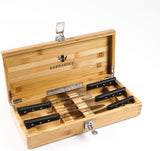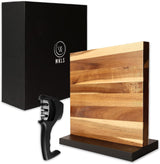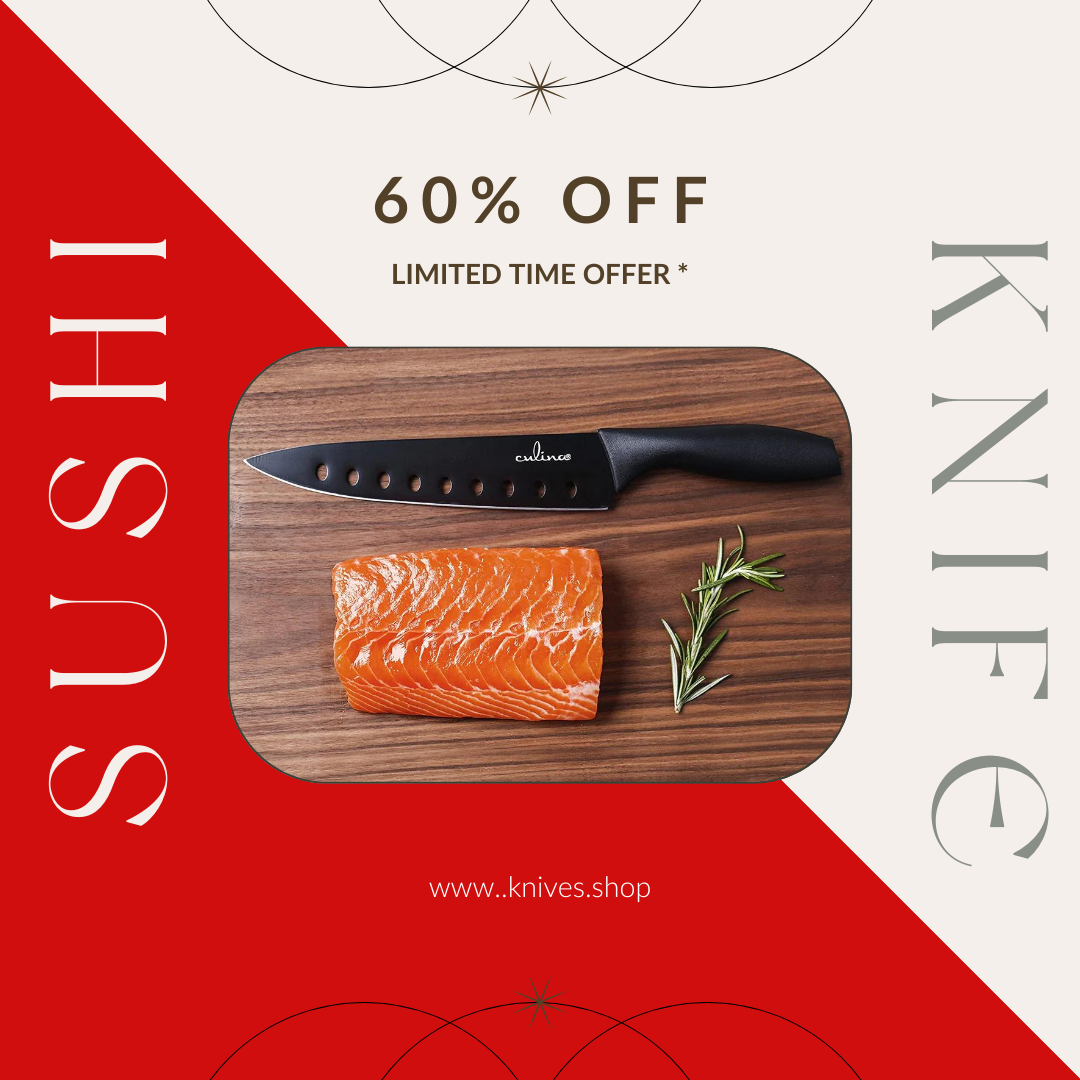Learning how to cut with a fork and knife is an essential skill for anyone who loves to cook or dine out. Whether you're a kitchen hobbyist or simply enjoy a well-prepared meal, mastering this technique can enhance your overall dining experience. In this article, we will walk you through the process step by step, so you can feel confident and delighted the next time you sit down to eat.

Understanding the Basics
Before diving into the specifics of how to cut with a fork and knife, it's important to grasp the fundamental principles. The main goal is to cut food into manageable, bite-sized pieces using a knife while stabilizing it with the fork.
In most cultures, the knife is held in the dominant hand while the fork is in the non-dominant hand. The fork keeps the food steady as the knife slices through it. However, there are variations depending on regional dining customs, which we will explore later in this guide.

Choosing the Right Cutlery
Not all knives and forks are created equal, and selecting the right cutlery can significantly impact your ability to cut food effectively. Here are some tips for choosing the best tools:
- Knife: Opt for a knife that is sharp and well-balanced. A dull knife requires more pressure to cut through food, making the process more difficult and less precise. A well-balanced knife will feel comfortable in your hand, reducing fatigue during prolonged use. Check out best Henckels knives for more recommendations.
- Fork: Choose a fork with sturdy, well-spaced tines. A fork with weak tines may bend or break when held against tougher foods.

Proper Hand Placement and Grip
Your success in how to cut with a fork and knife largely depends on your hold and grip on the utensils. Here are some pointers to keep in mind:
Knife: Hold the knife with a firm, comfortable grip. Your index finger should rest along the top of the blade for better control and precision. Your thumb and other fingers should securely wrap around the handle.
Fork: Hold the fork with a relaxed grip, similar to holding a pencil. The tines should face downwards, ready to pierce and hold the food.
Cutting Techniques
There are different techniques for how to cut with a fork and knife depending on the type of food and personal preference. Here are some common methods:
The Sawing Motion
This technique is ideal for cutting tougher foods like steak or chicken. Use a back-and-forth sawing motion with the knife while applying gentle pressure. The fork should hold the food steady, preventing it from moving around.
The Rocking Motion
The rocking motion is useful for foods that require more precise cuts, such as vegetables or fish. Hold the knife at a slight angle and use a rocking motion to slice through the food. The fork should remain steady to provide stability. For more on cutting techniques, see how to cut with a chef's knife.
Regional Variations
How to cut with a fork and knife can vary significantly depending on regional dining customs. Here are some notable variations:
American Style
In American dining culture, it is common to cut food with the knife in the dominant hand and the fork in the non-dominant hand. After making the cut, the knife is placed down, and the fork is switched to the dominant hand for eating.
European Style
In European dining culture, the knife remains in the dominant hand and the fork in the non-dominant hand throughout the meal. The fork is held with the tines facing downwards, and food is lifted to the mouth without switching hands.
Asian Variations
In many Asian cultures, the use of chopsticks is more common than forks and knives. However, in situations where forks and knives are used, the principles of how to cut with a fork and knife remain largely the same, with some stylistic differences based on regional preferences.
Cutlery Etiquette and Best Practices
Understanding cutlery etiquette can enhance your dining experience and help you leave a positive impression at formal gatherings. Here are some etiquette tips to keep in mind:
- Resting Positions: When taking a break from eating, place your knife and fork on the plate in a resting position to indicate you are not finished.
- Finished Position: When you have finished your meal, lay the knife and fork parallel to each other on the plate, signaling to the server that you are done.
- Sharing Dishes: If you are sharing dishes with others, use serving utensils whenever possible to avoid cross-contamination. For more on maintaining your kitchen tools, see maintaining knife sets.
Tips for Dining Out
When dining out, being confident in how to cut with a fork and knife can make the experience more enjoyable. Here are some tips to help you navigate the dining environment:
- Observe Others: Pay attention to how others around you are using their cutlery. This can give you cues on the appropriate technique and etiquette for the specific dining setting.
- Ask for Assistance: Don't hesitate to ask the server for assistance if you are unsure about the proper way to cut a particular dish. They can provide guidance and recommendations.
- Practice Makes Perfect: The more you practice cutting with a fork and knife, the more comfortable and confident you will become. Take the opportunity to practice at home and refine your technique.
- Enjoy the Experience: Remember, dining is not just about the food. It's about the experience, the company, and the ambiance. Relax and enjoy the moment. For further reading, see this [guide on knife skills](https://www.everydayhealth.com/diet-nutrition/knife-skills-how-to-cut-complicated-fruits-and-veggies/) (rel='nofollow', style='color: blue;').
Practice Makes Perfect
Like any skill, learning how to cut with a fork and knife takes practice. The more you practice, the more natural it will feel. Here are some tips to help you practice:
- Start with Soft Foods: Begin by cutting softer foods like fruits or vegetables to build your confidence before moving on to tougher foods. For more on veggie knives, see types of veggie knives.
- Practice Different Techniques: Experiment with different cutting techniques to find the one that works best for you.
- Seek Feedback: Ask friends or family for feedback on your technique. They may offer valuable insights and suggestions for improvement.
Conclusion
Mastering how to cut with a fork and knife is an essential skill that can elevate your dining experience and boost your confidence in social settings. By understanding the basics, practicing different techniques, and observing proper cutlery etiquette, you can become proficient in this art.
So, the next time you sit down for a meal, remember these tips and enjoy the process of cutting and savoring your food with confidence.
FAQs
Q: What is the proper way to hold a knife and fork?
A: Hold the knife with a firm, comfortable grip, with your index finger resting along the top of the blade. Hold the fork with a relaxed grip, similar to holding a pencil, with the tines facing downwards.
Q: Are there different techniques for cutting with a fork and knife?
A: Yes, there are different techniques, such as the sawing motion and rocking motion. The choice of technique depends on the type of food and personal preference.
Q: Does cutlery etiquette vary by region?
A: Yes, cutlery etiquette and the method of using a fork and knife can vary by region. For example, American and European dining cultures have different practices regarding hand-switching and utensil placement.
As an Amazon Associate, I earn from qualifying purchases.
